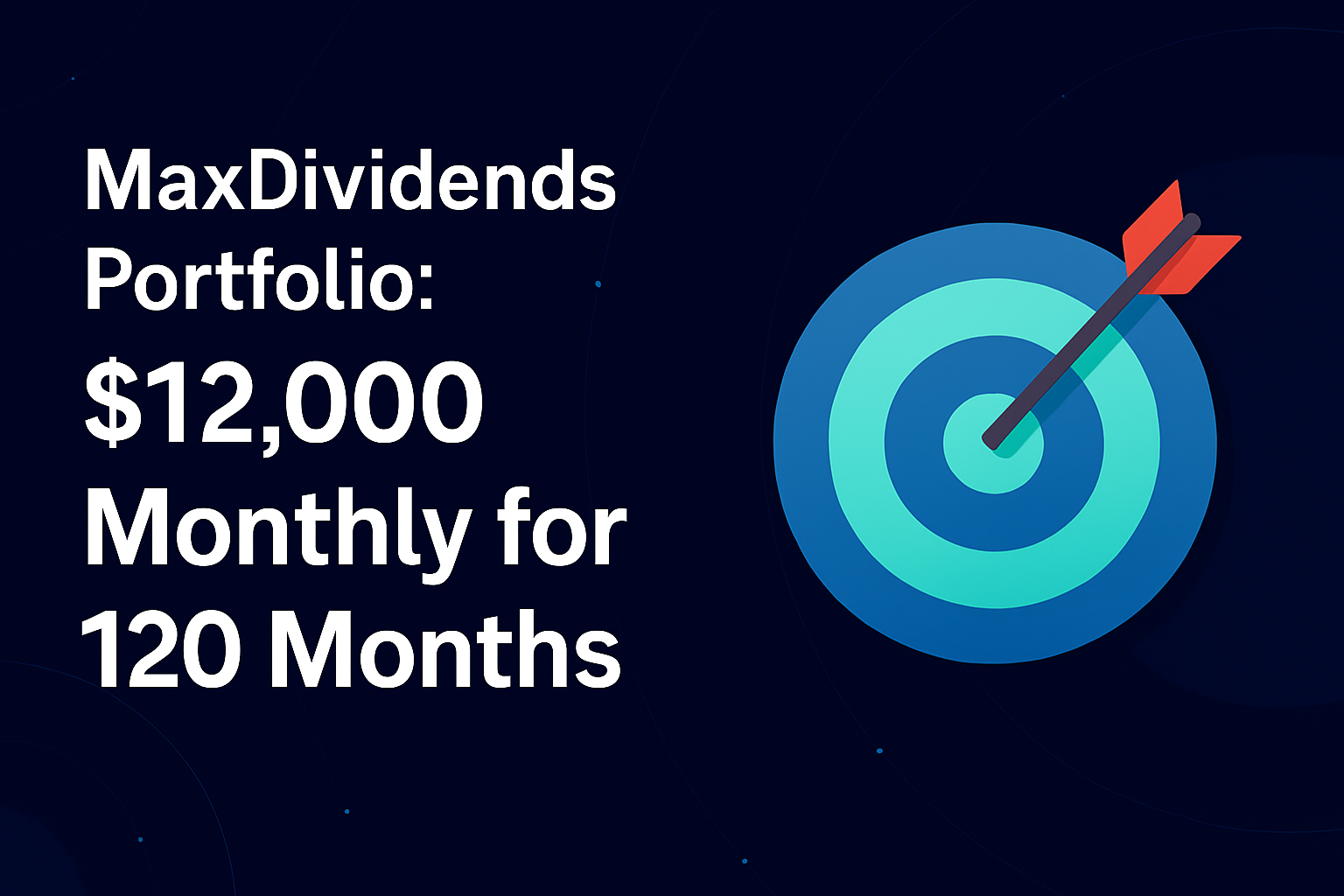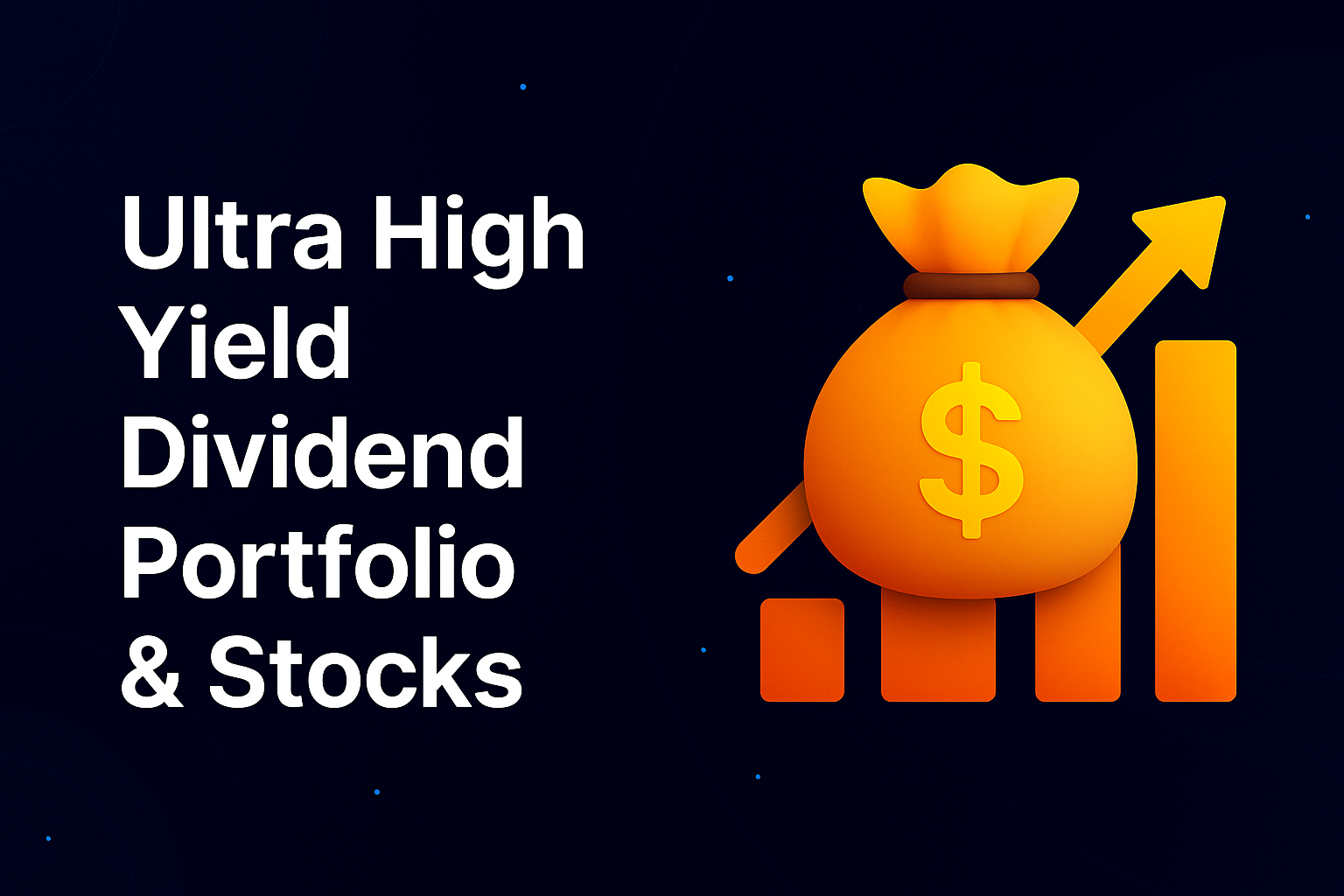Dividends are a portion of a company’s net income that is paid to shareholders. They can serve as income sources for a person seeking financial independence.
The basis for the dividend payment is the stock in a company owned by the investor. There are several dividend strategies for dividend stock investing. However, there are certain risks associated with each of them. The most important is that there is no guarantee of future payments. Therefore, it is important to have a diversified portfolio.
Table of Contents
Why Dividends?
There are several passive income streams. A common stock dividend as such has a number of important advantages:
- The annual income stream from dividends is growing in absolute terms. Many companies increase the amount of dividends paid to shareholders each year.
- The capital invested in stocks is multiplied. If an investor has chosen the right companies, he or she will make money as their stock prices rise.
- The percentage return on invested capital also increases over time. This happens as issuers increase the amount of the dividend.
Other popular assets that generate income (bank deposits, bonds) produce a fixed cash flow. And capital depreciates due to inflation.
Instead of investing in dividends, you can get a growing return by real estate investing. But it requires significantly more capital.
A deep dive into dividend stock investing
Quarterly dividends are more common. Less frequently, they are paid once a month or once a year. In addition to a cash dividend, stock dividends and property dividends are possible. The board of directors determines the amount, method and timing of payment.
In addition to regular dividends, there are special dividends. These are paid when there is a one-time significant gain. Like if a division of the company is sold.
Sometimes companies pay dividends in the form of debt. This happens, for example, when a company is trying to maintain its Dividend Aristocrat status during a bad period.
Investing involves many risks. The most important ones for a dividend strategy are:
- There is no guarantee of dividend payout. The company can make a dividend cut or eliminate dividends on common shares at any time.
- Interest rate risk. This is the probability that the yield will be lower than the rates for income without risk.
- Market risk. This is the probability that the stock price will fall. As a result, the investor will lose some capital.
When calculating income from their investments, an investor needs to consider taxes. The federal income tax rate depends on 2 factors – the length of time an investor owns the share and the person’s total income. It starts at 0% (for qualified dividends) and goes up to 37% (for non-qualified dividends).
How To Build Your Dividend Growth Portfolio From Scratch
In order to create a steady stream of income, it is necessary to follow several rules. The most important rule is to invest in several assets at the same time.
If it is only about shares, the basis of diversification is to choose several sectors of the economy. Financial advisors recommend using a set of 7-10 sectors.
It is also advisable to follow several shares in each industry. This reduces the risk associated with investing in individual companies.
Another rule is to choose financially stable issuers. To do this, you should pay attention to the company’s credit rating, the amount of its debt, etc.
In addition, a number of criteria should be defined, taking into account the chosen investment strategy. These may include:
- dividend growth rate;
- inclusion in the Dividend Aristocrats Index;
- P/E multiples, etc.
To invest in the stocks of individual companies, you need to understand the market. And for good diversification, you need a lot of money. That’s why ETFs or mutual funds are recommended for beginners with a small portfolio size. For example, the S&P U.S. Dividend Growers Index or the NASDAQ Dividend Achievers Index.
Common Dividend Investing Strategies
Dividend investing is a strategy of buying securities that generate equity income. However, they can be selected according to different criteria.
With common stocks, income investors implement 4 dividend investment strategies. They include:
- investing in stocks with a high dividend yield at the moment;
- finding shares that are worth less than their fair value;
- investment in dividend rises;
- selecting companies with the most reliable income made from dividend distribution.
To invest in stocks with the highest current dividend yield is the riskiest. Higher dividends today do not guarantee steady income in the future.
The second strategy is optimal from the point of view of classical theories. But it requires in-depth knowledge.
In the third case, the key indicator is the dividend growth rate over the past 3, 5 or 10 years. At the same time, the company’s dividend yield may be low.
D. kings are companies that have paid and raised dividends for 50 years or more. To invest in their shares is the safest in terms of cash flow stability.
Below is a list of companies that have increased their dividends for the maximum number of years.
The best dividend stocks should have low current yields. Many dividend kings have underperformed. But there are exceptions. For example, Altria Group (MO) pays a dividend of $4.08 per share. As of December 13, 2024, that yields 7.46%.
The best dividend stocks should have low current yields. Many dividend kings have underperformed. But there are exceptions. For example, Altria Group (MO) pays a dividend of $4.08 per share. As of November 26, 2024, that yields 7.19%.
In most cases, a combination of dividend investing strategies is used. By adding high-yielding stocks to your stock portfolio, you can increase your passive income. And owning companies with good dividend growth investing potential will ensure that this will continue in the future.
Dividend yield and other key metrics
When selecting stocks for dividends, there are a number of key metrics to consider.
The dividend yield is the ratio of dividends received by the shareholder to the share price. The ratio is usually expressed in annual terms. But it can also refer to the yield on the next payment. This ratio increases not only when dividends increase, but also when the stock price decreases.
The payout ratio is the ratio of the annual dividend paid by a company to its net earnings for the period. It allows us to assess the dividend sustainability. The optimal value depends on the industry. On average, the ratio should not exceed 80%. If a stock’s payout ratio is too high, there is a risk of lower shareholder returns.
Dividend Growth Rate – the amount by which an investor’s dividend income grows each year (averaged over several years).
How to Create a Dividend Investing Plan
To make a plan for investing for your future income, you need to identify the following points:
- Desired amount of dividend flow per year.
- Timing of the target, taking into account the dividend reinvestment plan.
- Monthly/annual portfolio replenishment amount.
Use the above parameters to determine the desired yield of the dividend portfolio. You should also consider your risk tolerance.
Based on these 2 factors, select securities that will generate passive income. The Sharpe ratio can be used to select the optimal asset allocation.
Setting Up Your Portfolio
To earn passive income from dividends, you need some knowledge and seed money. Here are the first steps to build a dividend portfolio:
- Choose a broker. It is better to choose an online platform with zero commissions.
- Determine the appropriate investment type – individual stocks or dividend ETFs.
- Select a security and determine how much of the portfolio it represents.
- Get your first dividends when you invest in stocks.
- Reinvest your regular income. Rebalance your portfolio to maintain a certain percentage of securities.
Common Dividend Investing Mistakes to Avoid
The biggest mistake d. investors make is to focus only on a historical dividend. It is important to consider future prospects. Before you invest, it is necessary to evaluate the company from a future perspective:
- liquidity and risk of insolvency;
- industry competitive advantage and opportunities to maintain market share;
- the likelihood of growth in net income and future dividends.
Other mistakes include misidentifying one’s goal. For example, a young investor may be chasing high dividends while building a retirement portfolio. In such a case, it would be more appropriate to invest in issuers whose dividend increases from year to year.
Completely ignoring dividend growth stocks is a mistake at any age. One possible strategy is to focus on preferred stocks with steady dividends. But over time, the money flow they generate will be eroded by inflation.
Dividend investors also make other common mistakes. Among them:
- over-emotional reactions;
- start investing without the necessary knowledge;
- poor diversification;
- incorrect assessment of risk tolerance, etc.
To invest profitably, you must pay attention to optimizing taxes and fees. Ignoring them is a mistake that can significantly reduce returns.
Conclusion
A portfolio based on dividend-paying stocks can be a reliable stream of passive income. The money it generates is often considered additional income on top of social security benefits.
In addition, profits from investing can be a great substitute for active income. But in order to receive substantial income dividends, you need to have significant capital. This can take years to build up.
When you invest in stocks it also involves a number of risks. Proper diversification of capital and careful analysis of dividend paying companies will help avoid these risks. It is not enough to study the history of dividends to make a competent choice.
You Might Also Like
- The Right Way to Calculate Dividends: Formulas & Examples
- Hidden Gems: Undervalued S&P 500 Dividend Stocks
- Dividend Bank Accounts: Are They Right for You?
- Do You Pay Tax on Dividend Reinvestment? Key Facts






